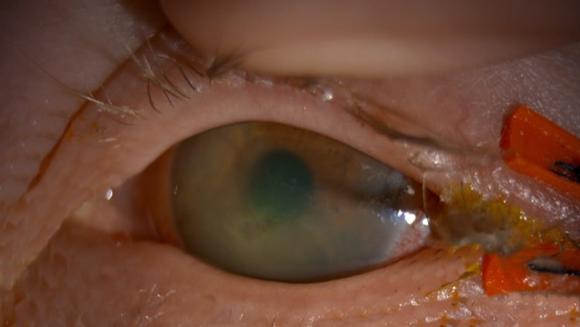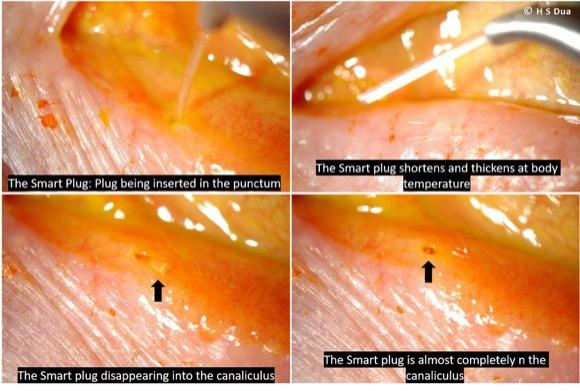Eye Lids
Epilation and Electrolysis of Eye Lashes
Removal of misdirected or in-turning eye lashes that cause scratches, irritation and pain.
Some eyelashes can scratch the surface of the cornea causing infection and irritation. These can be pulled out with forceps (epilation). However when plucked they tend to return in 4 to 6 weeks. Electrolysis is a more effective treatment that destroys the lash root with a low electric current. Surgical excision of the lashes is also an option.
Chalazion
Swelling of the lid caused by blockage of an oil gland that needs opening and cleaning.
This condition normally settles down with time and warm compressors. If not, the gland needs to be opened up with the material inside, scooped out under local anaesthesia.
Excision of Cyst
Small swellings on the lids that are slowly growing and need complete removal.
Tiny swelling can grow on the lid margin which is often down to the blockage of oil or sweat glands. Surgical removal can be performed to remove these blockages.

Tarsorrhaphy
Stitching of the upper and lower lids together, in part or complete, to protect the eye from exposure when eyelids cannot close due to nerve paralysis. Also suitable when there is a non-healing ulcer of the cornea (clear part at the front of the eye).
This procedure is often performed when there is a need to protect the eyes. Paralysis of the nerves can occur after surgery for a brain tumour. As the lids remain open, the front of the eye can sustain damage from exposure. If so, the lids will need to be permanently fixed together for a long period.

Punctal Plugs and Cautery
To treat dry eye disease by occluding the tear ducts with plugs or cautarising them to conserve tear fluid.
Dry eye is a common eye condition that causes pain and irritation. Normally tear fluid drains out from the eyes through tear ducts into the side of the nose. Plugs can be used to block the drainage of the tears or to hold artificial tear drops instilled into the eye.
Some individuals cannot tolerate wearing contact lenses if they have dry eyes. Plugging the tear ducts allows the tears to build on the surface of the eye so they can continue to wear contact lenses.
There are two types of plugs. Punctal plugs sit flat on the lid margin and are easily removed. Canalicular plug are not visible but are more difficult to remove if need arises.
If you are looking for an eye surgeon in Nottingham, Mansfield or Derby, please get in touch to book an appointment with Dr. Said at Vision and Sight Services and find out more about eye lid treatments.